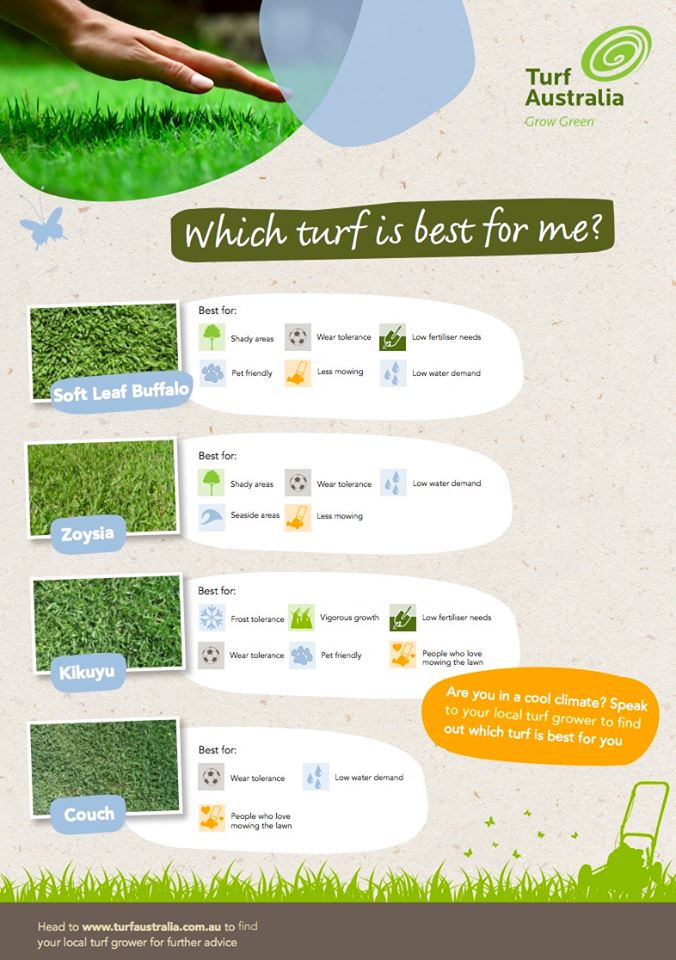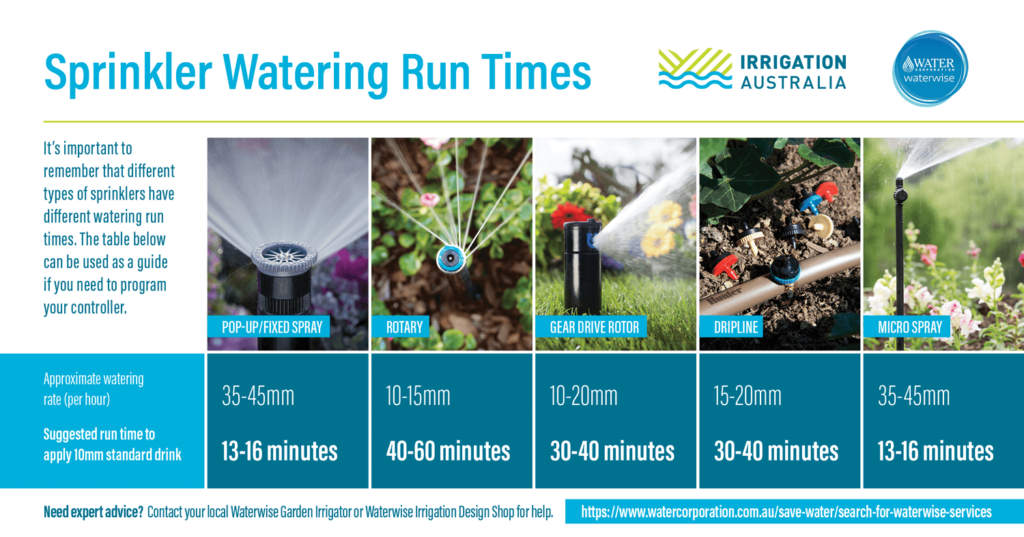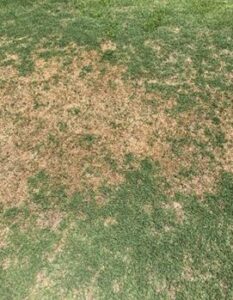Turf Varieties

SOFT LEAF BUFFALO
Soft, broad leaf – Non irritant
Low to medium invasiveness
Low maintenance level
Tolerates frost
Moderate to good wear, recuperative self repairing and green-up rate
Requires minimum 4 hours direct sunlight daily
Drought tolerant
Grows in sandy soils and clays
Soft leaf Buffalos should ideally be mown every 7 to 10 days at a height of approx. 15 to 20mm during summer and in winter mow every 3 to 4 weeks at a similar height. We recommend applying a quality wetting agent and/or retainer (preferably three times a year at the beginning of summer, mid-summer and early spring) will improve water penetration and retention in the soil.

Couch Grasses
Soft, fine leaf – Non irritant
Invasive to garden beds
Moderate to high maintenance
Tolerates frost
Excellent wear, recuperative and green up rate
Requires minimum 5 hours direct sunlight daily
Drought tolerant
Grows in sandy soils and clays
Couch grasses should ideally be mown every 7 to 10 days at a height of approx. 10 to 12mm during summer and in winter mow every 3 to 5 weeks raising the mowing height to approx. 12 to 16mm. An even ground is important, verti-mowing or scarifying is recommended every few years, ideally during the spring months. We recommend applying a quality wetting agent and/or retainer (preferably three times a year at the beginning of summer, mid-summer and early spring) will improve water penetration and retention in the soil.
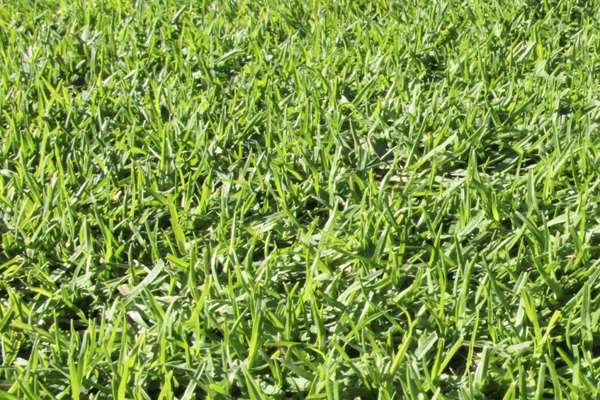
KIKUYU GRASSES
Soft, medium leaf – Low irritant
Very invasive to garden beds
High maintenance, mow regularly
Tolerates frost
Excellent wear, recuperative and green-up rate
Kikuyu Turf requires minimum 5 to 6 hours direct sunlight daily
Drought tolerant
Grows in sandy soils and clays
Kikuyu Turf should ideally be mown every 7 to 10 days at a height of approx. 12 to 16mm during summer and in winter mow every 3 to 5 weeks and raise the mowing height to approx. 16 to 20mm. We recommend applying a quality wetting agent and/or retainer (preferably three times a year at the beginning of summer, mid-summer and early spring) will improve water penetration and retention in the soil.

ZOYSIA GRASSES
Soft leaf
Non irritant
Thrives in heat, doesn’t tolerate frost
Low invasiveness
Low maintenance level
Moderate to good wear, recuperative self repairing and green-up rate
Requires less mowing
Requires 5 to 6 hours sunlight per day
Drought tolerant
Grows in sandy soils and clays
Zoysia should ideally be mown every 14 to 21 days at a height of approx. 15 to 20mm during summer and in winter mow every 4 to 5 weeks at a similar height. We recommend applying a quality wetting agent and/or retainer (preferably three times a year at the beginning of summer, mid-summer and early spring) will improve water penetration and retention in the soil.
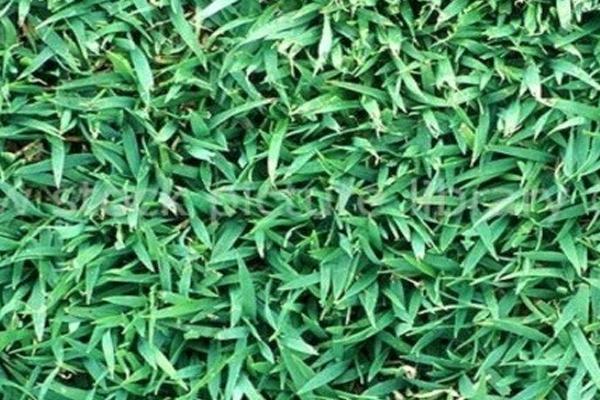
QUEENSLAND BLUE
Soft, fine leaf
Non-irritant
Thrives in heat, doesn’t tolerate frost
Low invasiveness
Low to moderate maintenance level
Little to no thatch
Requires 5 to 6 hours of sunlight per day
Drought tolerant
Grows in sandy soils and clays
Queensland Blue should ideally be mown every 10 to14 days at a height of approx.10 to13mm during summer and in winter mow every 4 to 5 weeks and raise the mowing height to approx. 14 to16mm. Verti-mowing or scarifying in spring is recommended every 2 to 3 years. We recommend applying a quality wetting agent and/or retainer (preferably three times a year at the beginning of summer, mid-summer and early spring) will improve water penetration and retention in the soil.
INSTALLING OPEN SPACE TURF AND LAWNS
Irrigation
Install adequate, quality irrigation – You will need to design and install an efficient irrigation system. A Waterwise Irrigation Specialist can provide advice, or design and install a system, to ensure your new lawn will receive the right amount of water on your sprinkler roster day. It is important to retain uniformity of sprinkler types. Remember to undertake a catch cup test immediately after installation to ensure that 10mm of water is being delivered per watering session.
Soil Preparation
To achieve a healthy lawn, your soil will ideally be made up of a balance of organic matter, sand, silt and clay. This is called loam soil. Loam soil holds moisture but also drains well when you water the lawn. It retains nutrients and allows air flow, making it the most ideal soil for plants.
In WA our sandy soils need to be amended prior to turf installation.
Preparing your turf area
5 essentials rules of installing turf
- Clear the site – Remove all weeds, grasses and debris from the site. Debris includes; rocks, sticks and tree roots. Level the area with the back of a rake or levelling board to create a smooth and consistent soil surface approximately 25 -30mm below your desired finishing height to allow for the thickness of your turf rolls to be installed.
- Prepare the soil for your turf area. Once all lawn and weeds have been removed cultivate the soil to a depth of 100mm, making sure the mix of soil is ready for the turf to be laid.
- Level your soil for turf laying.
- Most Perth soils are very sandy. Getting the grass to grow successfully requires proper soil maintenance. Lawn failures are often caused by poor soil conditions under the roots. The best soil texture for growing grass is a sandy loam – or to make it simple, a mix containing sand and organics of an 80/20 mix.
- Turf ideally needs around 100mm of top soil to root in. This may be slightly less if the existing soil is of a good quality.
With the correct preparation, the turf will start to have shallow roots in about two weeks. The key to getting these shallow roots to start is watering your new grass after the turf is laid. The first week after laying, should be watered daily to keep the roots growing.
Some key words to remember before laying turf:
Drainage – this allows the water to be free draining, but with enough organic matter to be able to hold onto sufficient amounts to encourage turf growth.
Wetting agents – especially in a lot of our sandy soils, the addition of premium quality wetting agents, in liquid or granular form, allows the holding of water in the soil profile, thus, allowing the roots of the turf to be able to draw from.
Organics – having even only a small percentage of organics allows the soil to retain moisture, nutrients and encourage initial root growth.
Biology stimulation – the quicker the biology happens in the soil, the healthier the turf will be.
Water – very important for early establishment. The healthier the soil, the less water will be needed in the longer term.
Nutrients – making sure the correct nutrients are applied for early establishment. If the pH and all nutrients are available before the turf is laid, then instant root growth will start, and top growth will follow.
A good example of a premium lawn mix is Amazon Soils Lawn Blend. This is a nutrient enriched compost and sand blend. It is ideal for use as both an underlay and topdressing soil for all types of turf. Its blend of finely composted organic matter and natural washed sand provides an ideal base for all lawns.
To calculate the volume of material required, first work out the area in square metres, and then multiply by the depth to get the cubic metres. Typically, you might need 100mm or 150mm of turf underlay (0.1 or 0.15 metres). Example 1 – You have a rectangle measuring 10m x 6m and need to add 100mm of turf underlay soil.
The working out for this would be 10 x 6 x 0.1 = 6m3 of soil mix

Laying Turf
Begin by laying the turf along the longest straight edge, for example a driveway, butting the edges tightly together without stretching the turf or overlapping. Stagger the joints like brickwork and use a sharp knife to cut the turf where required.
If you are installing turf on a sloped surface place the turf along the slope, not down the slope and peg or stake the turf where required to keep it in place.
After laying the turf, use a roller to encourage soil to turf contact, lightly apply a slow release fertiliser and water thoroughly. Reapply a light feed of organic fertiliser such as pelletised chicken manure, 14 days after laying.
Watering
New lawns and turfed areas require extra water to establish over the first few weeks. For domestic lawns, you are eligible to apply for an exemption for extra watering, to find out more or to apply contact the Water Corporation:
For public open spaces, establishing new turfed areas, the extra watering required to establish the turf, will usually fall within the water allocation of the entity involved, e.g. local government authority, school, public garden, private developer. Landscape Architects and the landscaping industry should be aware of the water allocation for the area being turfed as per project specifications.
Mowing
Lightly mow your new lawn once you are certain that the roots have taken hold. In summer this is usually within 10 – 14 days of laying your turf.
Maintaining a healthy lawn
To keep your lawn in great condition it will require year-round maintenance including watering, mowing, fertilising, top dressing, de-thatching and regularly applying a quality wetting agent and soil moisture retainer.
Watering and wetting agents
Many West Australian soils do not absorb water well. In fact, they often become ‘hydrophobic’ meaning that they repel water. In addition to applying a premium soil wetting agent and a soil moisture retainer, during the laying process, the Turf Growers Association WA recommends using products such as Aquaforce and Biagra in combination, as premium soil wetters to retain water in the top 150mm of soil. These agents should be applied domestically, at least three times a year, preferably four. At the beginning of spring (September), the beginning of summer (December), mid to late summer (February) and again at the end of autumn (May).
This rule also applies to public open space turf. Regular application of premium wetting agent applied according to supplier recommendations is encouraged at least two or three times a year and certainly at installation.
Once your lawn is established you can only water once on your rostered watering day, either before 9am or after 6pm. The use of smart technologies such as the new smart irrigation controllers is encouraged. These units adjust watering to local climate conditions automatically. It is generally best to water early in the morning as it allows the water to soak to the roots and be available throughout the day when it is most needed. Remember in warmer months that your lawn will require 10mm of irrigation per watering day to survive. You can measure your irrigation rates by using catch cups.
As the weather cools adjust your watering appropriately. Smart irrigation units will do this automatically.
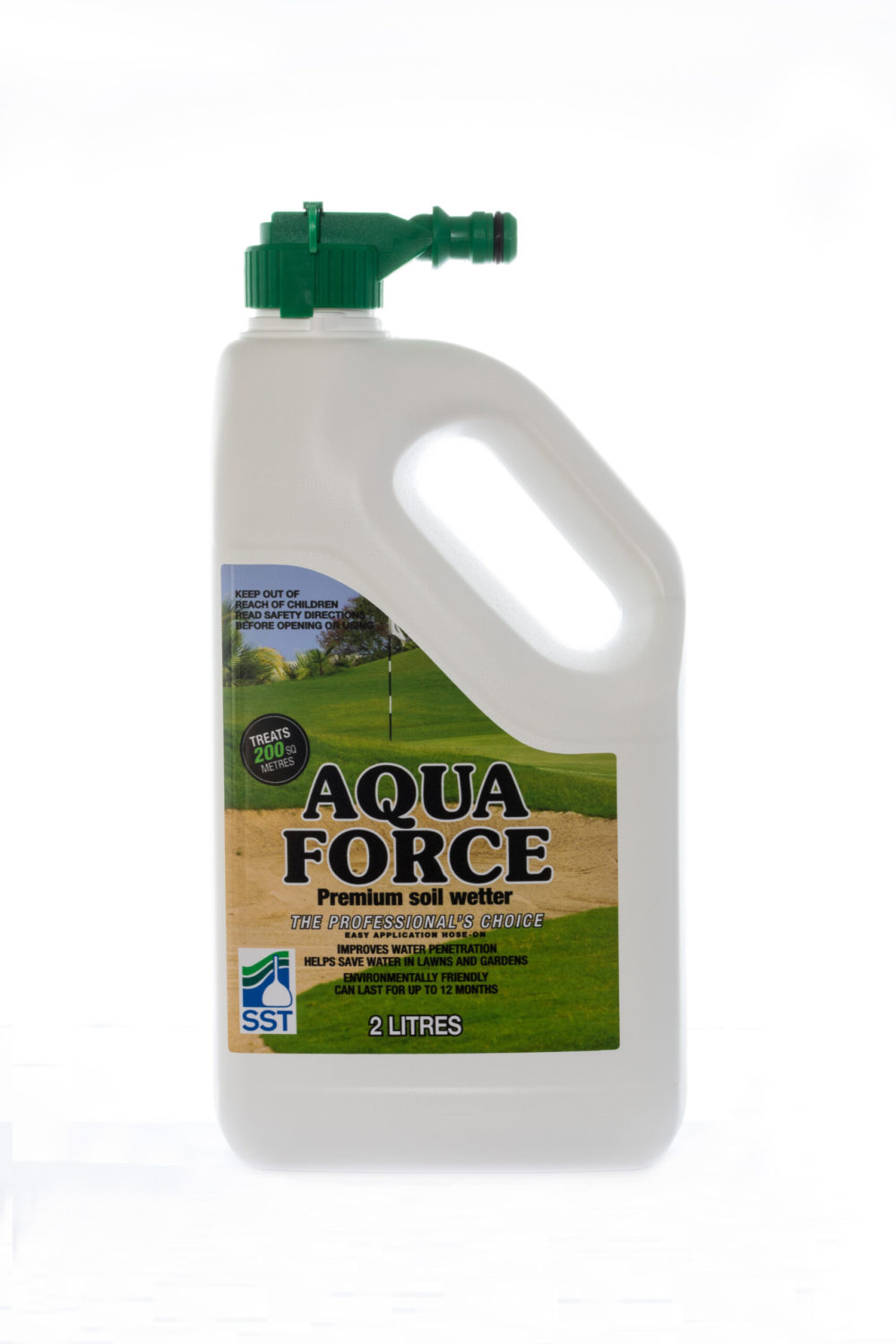
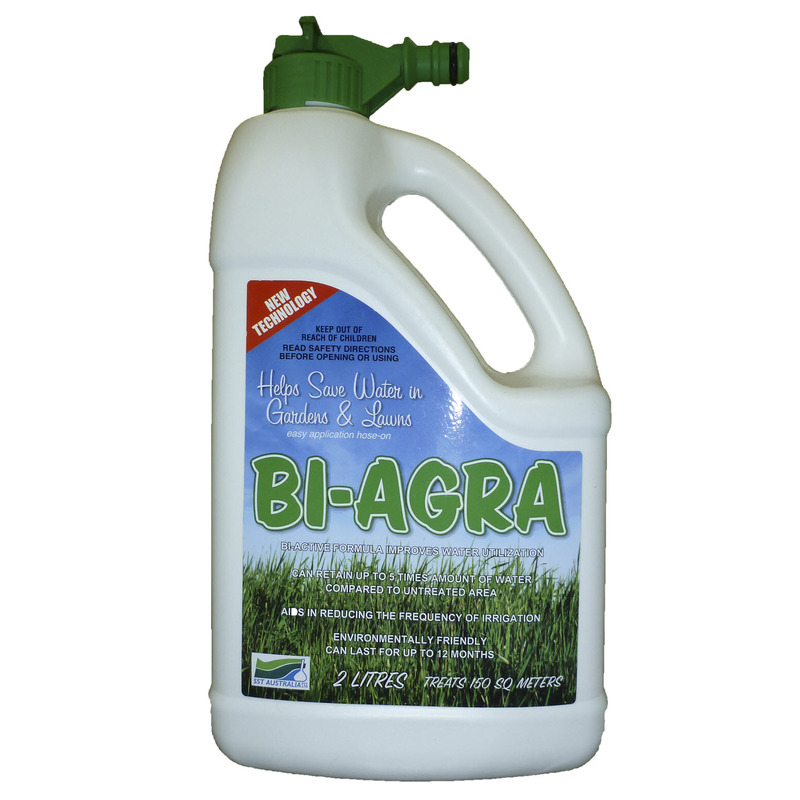
Fertilising
By fertilising your lawn, you are providing it with a range of nutrients for good health and growth. Apply a quality slow release fertiliser, which has no more than 1% phosphorous, at the beginning of spring and every two months after this during the warmer months. It is important to note that when fertilising the recommended application rate is the maximum amount that should be applied. As a rule, slow release fertilisers should be spread at a rate of no more than 2kg (a standard 2 litre ice cream container) per 100m² per application.
Remember that if you apply fertiliser excessively, whatever your lawn doesn’t use washes into and affects the health of our waterways.
Mowing
Mowing your lawn will help to keep it healthy and looking good. During summer your lawn will require more frequent mows (ensuring the blades are sharp) every 7-21 days to the height 10 to 20 mm depending on the variety. (Please refer to recommended heights as mentioned per variety above). It is important that no more than one third of the leaf be taken off at one time, especially in warmer months.

